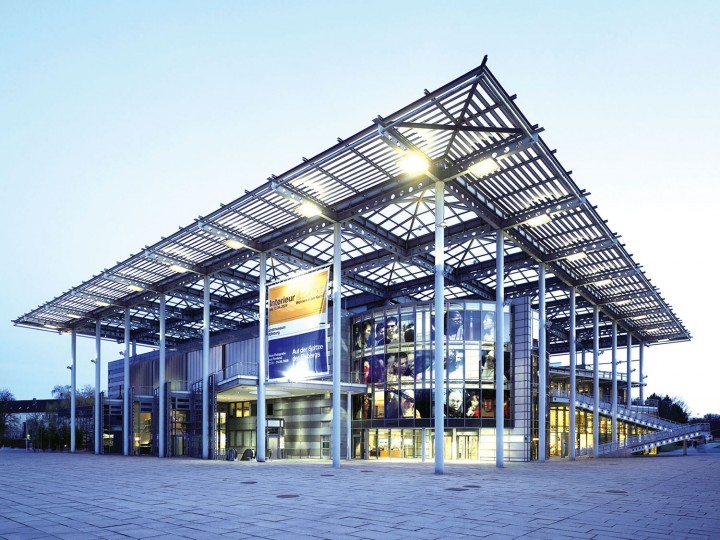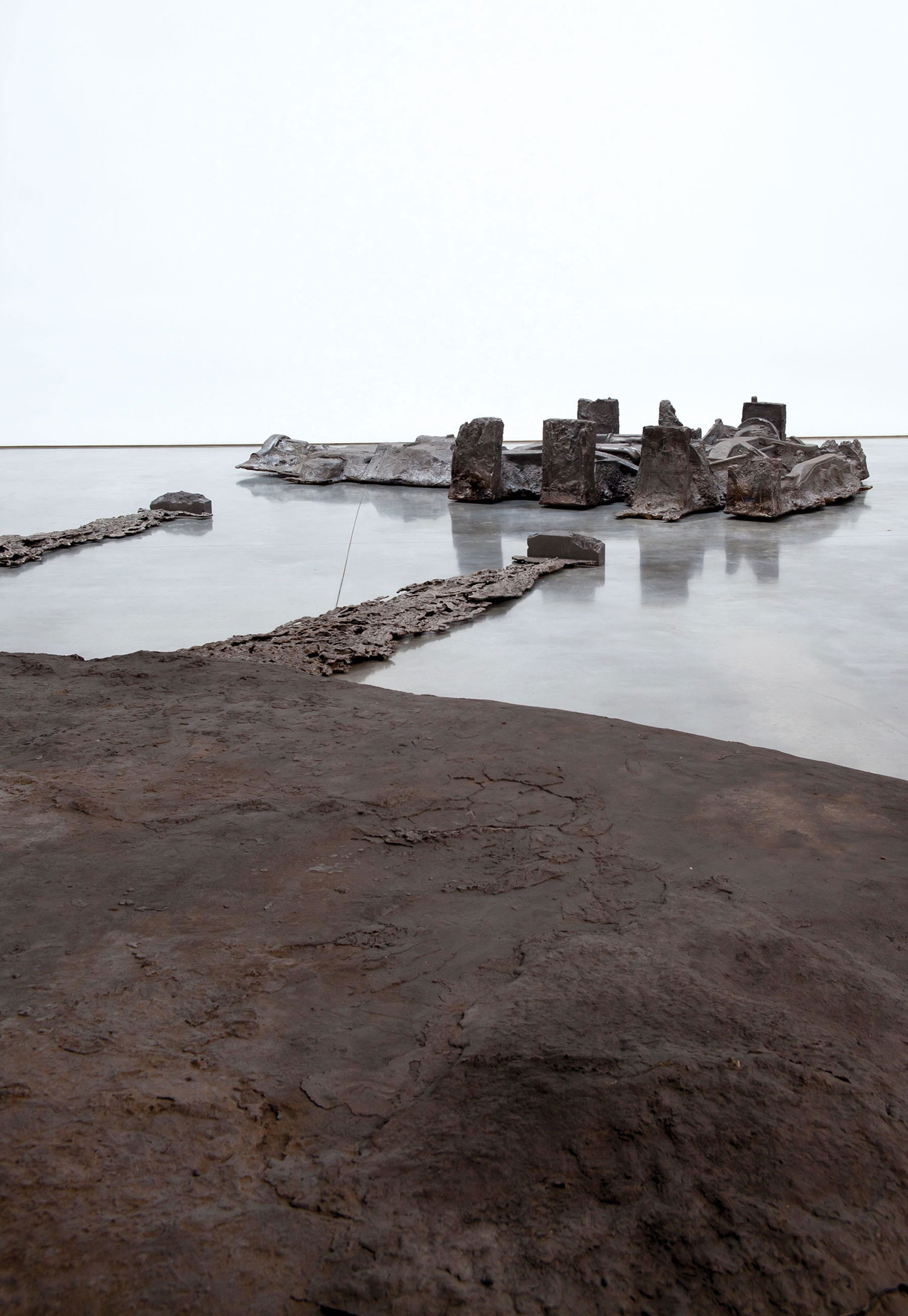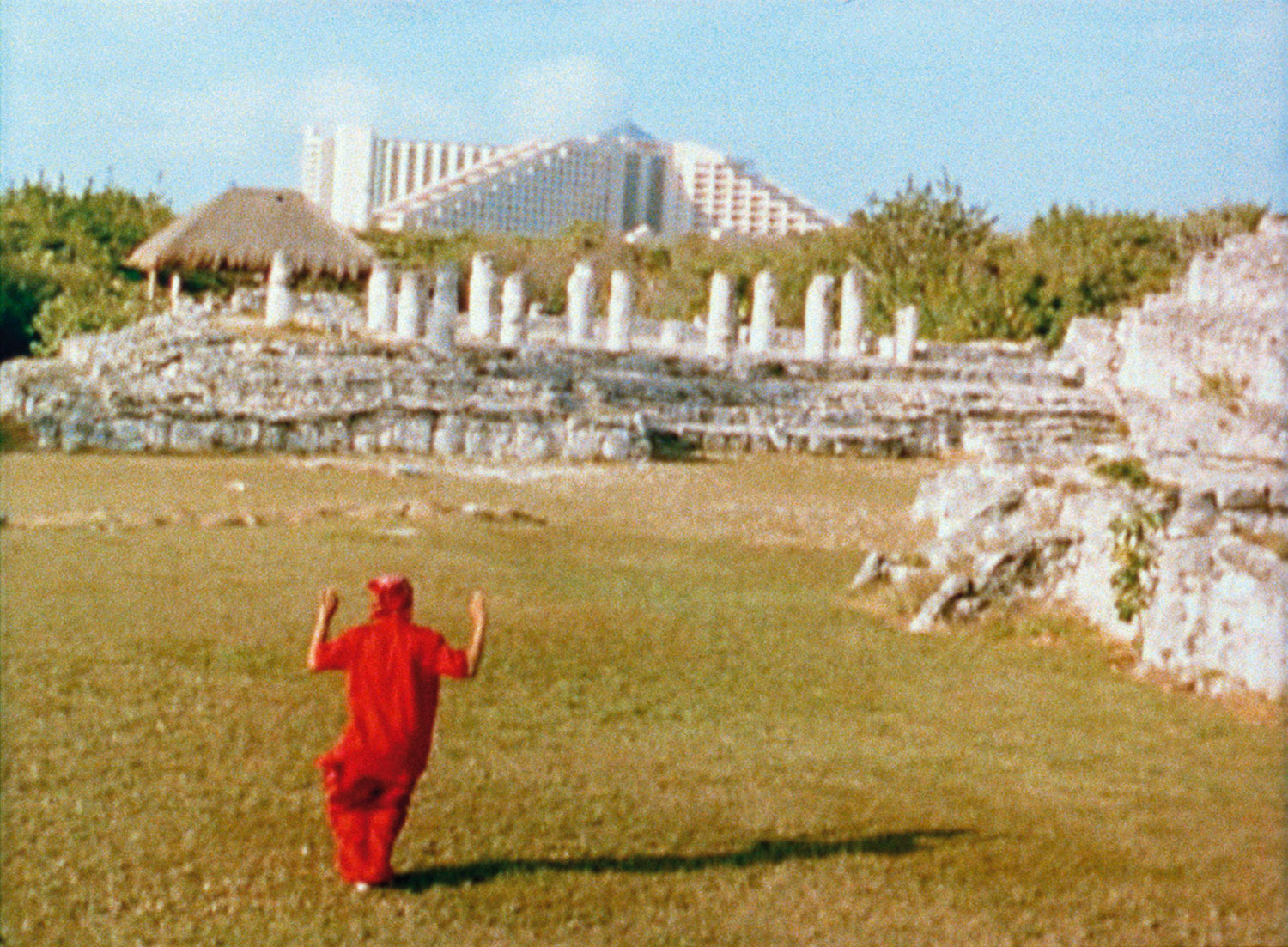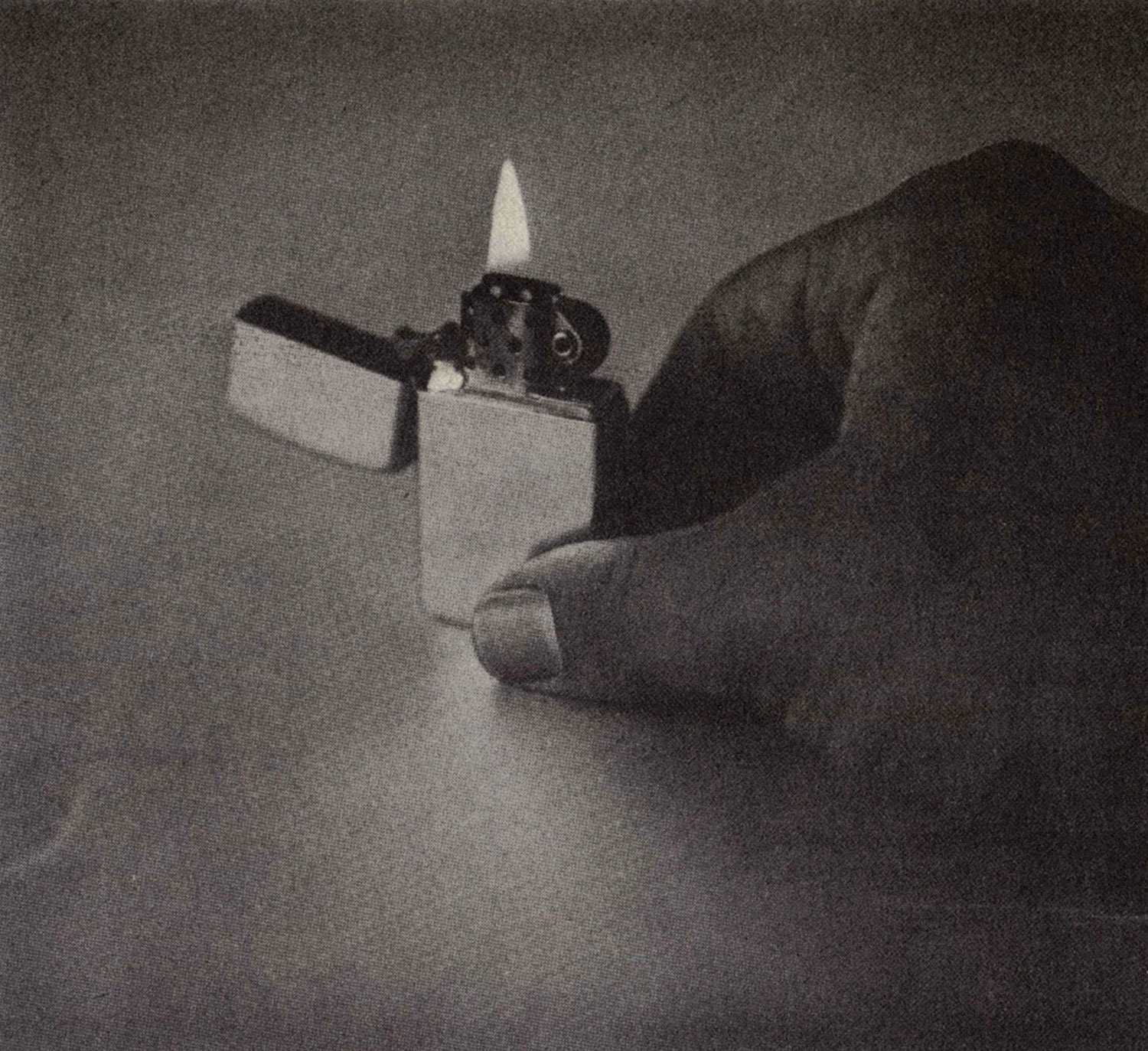
Accompanying the second part of Flash Art Focus Germany is a survey devoted to German art institutions that play an important role in the German cultural sector. Scattered throughout the country, generally very well funded and efficient but also diverse in their identities and agendas, these institutions support modern and contemporary art not just by organizing exhibitions — frequently in tandem with other institutions within the country and abroad — but also by purchasing works for their collections. With their solid foundation they constitute the backbone of visual art in Germany. Among the many institutions, large and small, we invited five to reply to the following questions.
1) What is the mission of your institution?
2) Do you have an average budget for each exhibition you organize? If so, how much?
3) Are you connected to other institutions in Germany or abroad for touring exhibitions or co-producrtions?
4) What is the positive side of being a nonprofit institution as opposed to a commercial gallery?
Max Hollein
Director, The Schirn Kunsthalle Frankfurt
1) The Schirn Kunsthalle Frankfurt showcases 19th-century, modern and contemporary art. Our shows have highly charged themes and topical aspects inspired by the oeuvres of those artists with an incisive voice and a contemporary standpoint. As a site of discovery, the Schirn offers its visitors an original, sensory exhibition experience as well as active participation in cultural discourse. Besides being the director of the Schirn Kunsthalle, I am also in charge of the Städel Museum, which has just undergone major renovations and will reopen in February 2012 with a major expansion of both its contemporary collection and its building.
2) Our budgets depend on the type and on the size of the project. Total budgets can oscillate between 100,000 euros for a solo show to 1.5 million euros for a major retrospective or thematic exhibition within the area of 19th-century or modern art.
3) The Schirn originates many exhibitions that then travel to other venues such as “Max Beckmann: The Watercolors and Pastels” to the Guggenheim Bilbao, “Women Impressionists” to the Fine Arts Museum in San Francisco, “Life, Love, and Death: The Work of James Lee Byars” to the Musées de Strasbourg. It also collaborates with other museums to mount major shows such as our upcoming exhibition on Edvard Munch in collaboration with the Centre Pompidou. It also takes part in major exhibition tours such as the Peter Doig or George Condo mid-career retrospectives.
4) It is a completely different perspective and you have a very different goal. A commercial gallery has at the end a commercial, market-driven purpose; a nonprofit organization is there first and foremost for the audience and the understanding and presentation of important aspects of the art of our current and former times.
Rein Wolfs
Artistic Director, Kunsthalle Fridericianum, Kassel
1) Under my direction, art and artistic attitudes are characterized by strong communicative abilities that are bold, proud, confident and do not shy away from provocation. Not as program filler between Documentas, but as a serious and distinguished formulation of utmost ambition. The oldest public museum on the European continent retains its function as a forum for contemporary and sometimes future-oriented content. This energetic tension between the outside and the inside of this 1779 building offers at the same time the rare chance to be unique and distinctive.
2) Difficult to say, because it also depends on what could be raised and on the format of the exhibition. We normally produce two shows (a smaller and a larger one) at the same time. An average of approximately 70,000 euros is not unrealistic.
3) Not so much in Germany, more outside of Germany. For example De Hallen in Haarlem, Museion in Bolzano, Secession and Kunsthalle Vienna, Astrup Fearnly in Oslo, to name a few.
4) We believe in the public museum as a place where contemporary ideas and concepts can be discussed independently. We are free and not obliged to any commercial restraints. We know that we are working for the public cause, basically for everybody, not for a small financial elite. Art and culture is a public cause, a public responsibility, an important condition for the existence and continuity of a society.

Johan Holten
Director, The Staatliche Kunsthalle Baden-Baden
1) The Staatliche Kunsthalle Baden-Baden is an exhibition hall without a permanent collection. Three to four exhibitions per year promote contemporary culture to create insight into society’s structures and issues via artists’ analytical visions. Our aim is to deepen the relationship between our visitors and the reality we are living in. The role of art in European civil society in terms of a globalized world will be one of the topics in the near future. It will be explored as the reflection of art and its capacity to shape the future conditions of living within a politically, economically and historically constructed world.
2) We have a budget for each exhibition, which remains confidential.
3) Our exhibitions are specially organized for the Kunsthalle. From time to time the exchange between other institutions is discussed. Several of our exhibitions have toured Germany and abroad. But mostly the exhibitions are produced for the Kunsthalle to retain a specific context in the series. We do not regularly take touring exhibitions.
4) We are supported by the State of Baden-Württemberg. So we are free to present questions of contemporary culture and civilization to the public without the aim of earning money.
Prof. Nikolaus Hirsch
Director, Städelschule and the Portikus, Frankfurt
1) Portikus is an institution for temporary exhibitions in connection with the Städelschule, but programwise it is independent from it. Like the founding director Kasper König and my predecessor Daniel Birnbaum, I am responsible for a productive relationship between the two institutions, between teaching and exhibiting. Portikus aims at showing new work most often by international artists, usually specifically made for the space and hence entirely re-inventing the environment. The outside of Portikus is characterized by a site-specific installation by Olafur Eliasson, temporarily being replaced by new works such as the upcoming large-scale projection by Douglas Gordon.
2) The basic budget for infrastructure and employees is covered by the city of Frankfurt. The exhibition budgets vary highly according to the diverse artistic concepts (from five to six exhibitions per year) and are individually supported by several foundations, both state and private organizations such as long-time partners Deutsche Bank Stiftung or the Kulturfonds Frankfurt RheinMain.
3) Since many of the projects are specifically developed for the Portikus, co-production is welcome but not a primary focus of our institution. A couple of exhibitions have been developed as co-productions, most of them with international partners such as Serpentine Gallery and Bard College, others based on the city of Frankfurt’s co-operation with the MMK (Museum of Modern Art) in Frankfurt for a work by Maurizio Cattelan.
4) With the current global art scene I’m not so sure about the good old dichotomy nonprofit vs. commercial gallery — public institutions aren’t money-free zones either. But as a legendary, rather small, independent nonprofit institution, Portikus can offer a rather unusual, almost luxurious free zone of experimentation — not in terms of financial freedom but in terms of artistic practice.

Markus Brüderlin
Director, The Kunstmuseum Wolfsburg
1) The Kunstmuseum Wolfsburg provides a forum for contemporary and modern art. Building a permanent collection and developing exhibitions are fundamental aspects of the museum’s mission to inform and engage local, national and international audiences, with the aim of fostering appreciation and enjoyment in art. The Kunstmuseum offers a communication platform for cultural exchange and incorporates other disciplines such as design, architecture, music, dance, literature and philosophy into its program. Since 2006, the pioneering spirit that accompanied the museum’s foundation in 1994 has been reflected in the new thematic focus of its exhibition program. Under the heading “The pursuit of modernism in the 21st century,” this concept seeks to explore how the artistic principles of modernism manifest themselves in the present, and to display these in a visually and intellectually stimulating form.
2) The Kunstmuseum Wolfsburg is an independent private museum funded by a non-profit art foundation based in Munich. So we are very stable in our normal working program. Large exhibitions are additionally sponsored by Volkswagen Financial Services.
3) Our German partners are, for example, the Hamburger Kunsthalle and the Vitra Design Museum, whereas our partners abroad are the Centre Pompidou, the Lousiana Museum in Denmark, DOX and Rudolphinum in Prague, the National Gallery of Modern Art in Edinburgh, the Walker Art Center in Minneapolis, the Kunstmuseum in Basel, the Museum der Moderne in Salzburg, the Belém Cultural Center in Lisbon and La Caixa Foundation in Barcelona.
4) Commerce is important to provide funds. But for development, mediation and estimation of arts and their missions there must be an area beyond commerce. Being no profit makes us more independent on the curatorial level, although our aims regarding awareness are ambitious in the same way.





